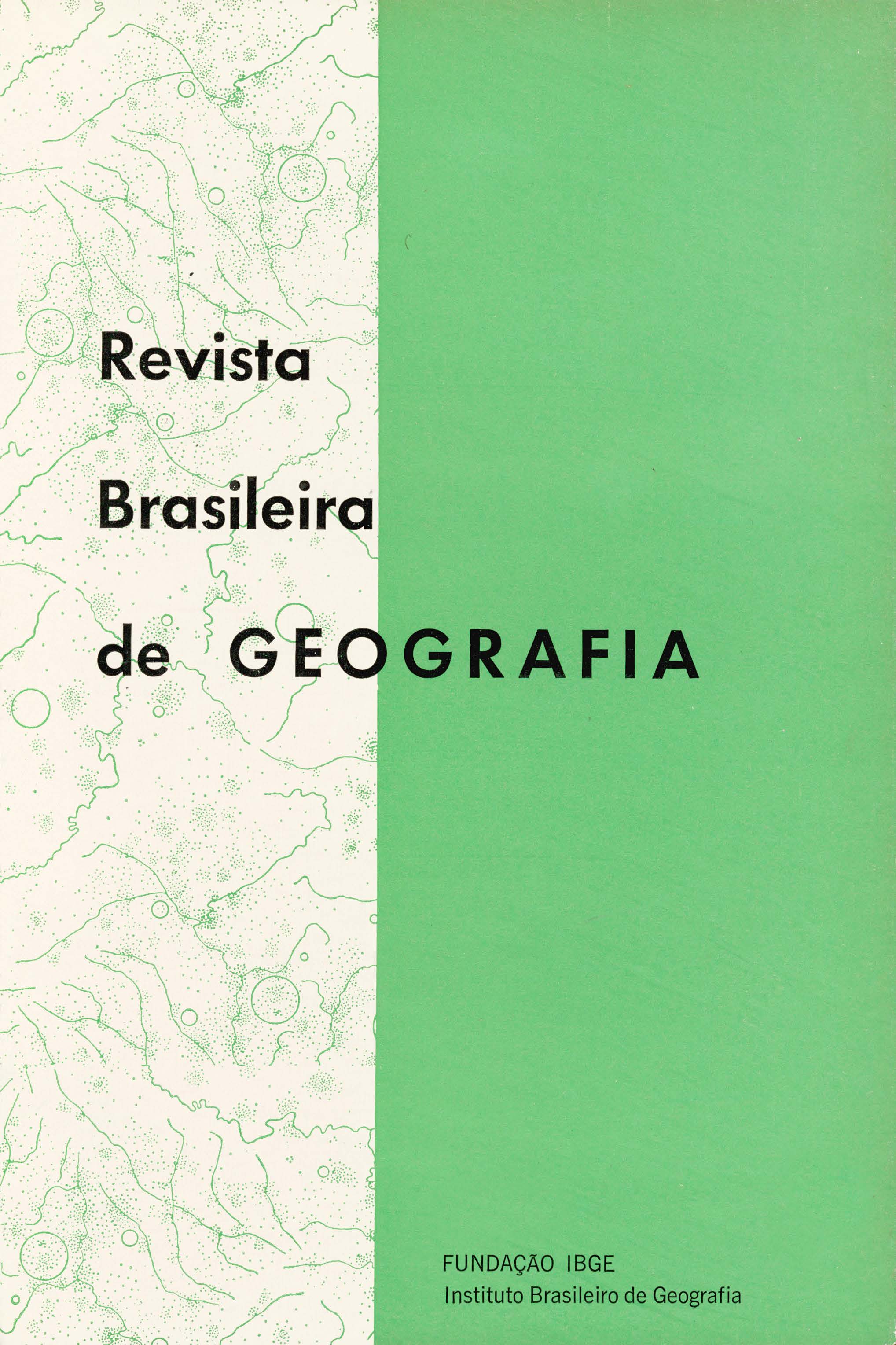A configuração espacial do sistema urbano brasileiro como expressão no território da divisão social do trabalho
Palavras-chave:
Divisão do trabalho, Geografia urbana, UrbanizaçãoResumo
Abstract:
In this paper, although the analysis is still at a highly descriptive level, a better understanding of the meaning of the spatial configuration of the brazilian urban system is seeker, relating the characteristics of the various unities which compose it (urban centers) with the social-territorial differentiation lines determined by the global movement of accumulation in economy. The definition of such lines constitutes an adaptation of the contradictions proposed by Mingione to the Brazilian case (Mingione, 1977). So, it is considered: (a) contradictions between development and underdevelopment (here, they are interpreted as the inter-regional differentiation line of a national economy); (b) contradictions between the center and the periphery (considered as a differentiation line strictly connected with the intro-regional forms of inequality); (c) contradictions between the city and the country. Here, the adopted approach assumes that the urban centers may be seen as geographical indicators.
The definition of the urban centers as geographical indicators refers to the notion of the content, of the movement and of the form. In other words, it was given based ou three aspects which are in constant interaction and which show the differential allocation of resources in the urban territorial structure; elements of the socioeconomic structure (production sphere, income sphere, consumption sphere), rhythms of increase (recent migrants, growth of the engaged people and mean wages in urban activities) and forms o! urban spatial concentration.
The analysis of the results led to the following:
1. the unities of space characterized in the work are related with economic and social aspects which are not showed in a restricted analysis at a macro scale:
a) the process of capitalist accumulation involved greater economic concentration than populational concentration in Brazil; but the most developed region, the Southeast, presented evident internal geographical differentiation;
b) the spatial mobility of the population presented the greatest urban centers of the country as its principal aim; but the analysis allowed to distinguish the centers according to the possibility of attraction and of retention of migrants;
c) the consumption was also concentrated in the more developed region, because of the great economic polarization which was established in the urban center; nevertheless, it was seen that the centers with a better situation in the consumption were not the principal metropolitan areas, but those which suffered less demographic pressure between 1960/7.0, creating a "paulista standard".
2. the characterization .of the urban centers as geographical indicators allows the definition of spatial aggregates which may be the basis to statistical applications.






